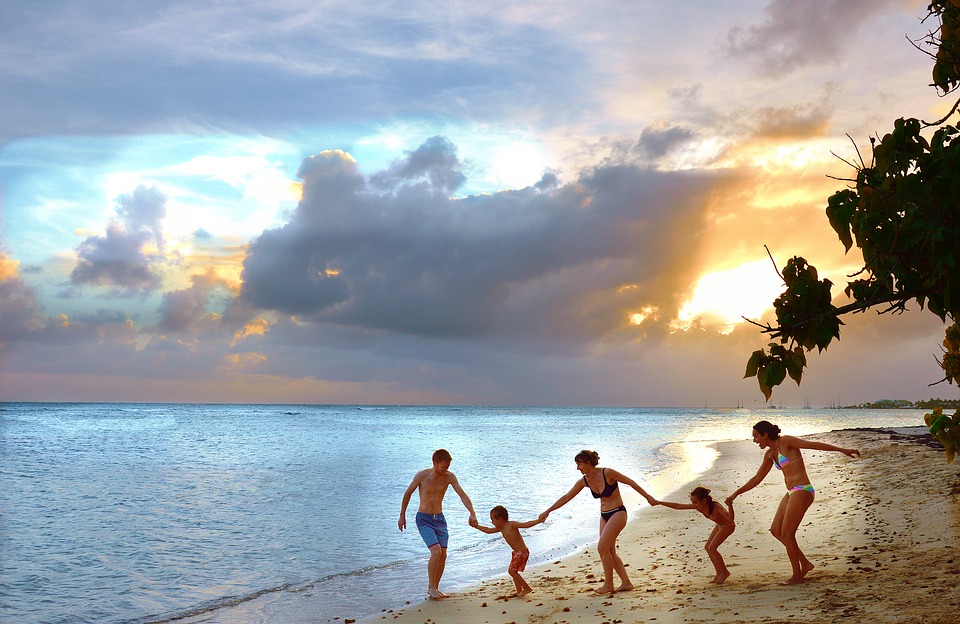Sometimes our view of the beautiful mountain ranges in Hawaii can get a bit hazy, particularly when volcanic fog, or vog, is in town. It’s a form of air pollution created when volcanic gases mix with oxygen and moisture and can best be seen when it’s sunny outside.Voggy weather on Oahu’s west side makes for glassy ocean rides.
Vog’s very common in Hawaii, thanks to the active Big Island volcano – Kilauea. Whenever it erupts, vog envelops the island in a plume of sulfuric acid and spreads to other islands when the winds turn southeasterly. Unfortunately for us air-breathers, the volcano is pretty much constantly erupting – one of the benefits of being over a magma hot spot.
Oahu had its share of ash-colored skies for the past couple of days. It looked like a huge grey cloud had swallowed the city with a storm in the making. Although it didn’t rain, the vog did leave us feeling pretty sticky and humid in a balloon of heated air. It actually would have been nice if it did rain. That way, it could have washed away the vog.
Vog not only creates miserable living conditions but also poses several hazards to people’s health and to the environment. It contains chemicals that may damage plants and cause headaches, watery eyes, breathing difficulties, sore throat or lethargy. Those with asthma should be extra cautious, as vog induces asthma attacks.
Vog in the distance adds a haze-like effect to this tropical scene in Hawaii.
When visiting the islands, it’s important to know how to deal with vog. You may check the state Department of Health’s recently launched website (www.hiso2index.info), which monitors air quality levels in several Big Island areas prone to vog. The color-coded chart makes it easy to understand the reports. If you don’t have access to the internet while on vacation, then try calling the department’s toll-free vog help line at 866-767-5044 for daily updates.
Also, be careful when driving on the roadways, as vog reduces visibility. If you notice the health symptoms listed above, then it’s best to go inside an air-conditioned room or vehicle. Drink lots of water and refrain from doing strenuous outdoor activities.
Let’s hope Madame Pele, the Hawaiian fire goddess, is nice to you next time you’re in Hawaii. She can be quite mysterious, so we never know when the next eruption or bout of vog may be.
Photo Credit: Justin Cabral (first photo), Jeremy Dillon (second photo)
Sources: University of Hawaii at Hilo, www.hilo.hawaii.edu/~nat_haz/volcanoes/vog.php




